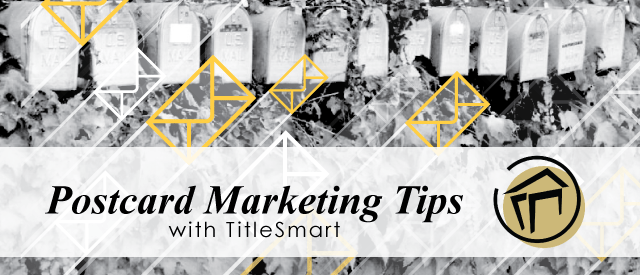Marketing for your business can prove to be an intricate and delicate process. There are varying types of marketing strategies that you can use, ranging from emails to flyers, social media to postcards, whatever makes sense for your business. There is no fool proof strategy that works for every business or every industry, so you must always be willing to adapt, add, subtract or supplement, depending on your audience’s current behavior.
In part two of our Postcard Marketing Tips we will share more of our favorite tips when it comes to postcard marketing.
- Give people something to do. Create next steps! Your call to action might be a website URL, a Twitter hashtag, or Facebook icon. Your audience might end up with a discount, a giveaway, or more information about your product. Whatever it may be, there needs to be a call to action. Coupons or discounts on the postcard themselves help you measure exactly where you are drawing people in from, so if that is applicable to you and your business, why not give it a try! Just remember that next steps lead people to learn more about your business, helping you add to the conversation later, and more importantly, keep your business in their thoughts for more than just one second.
- Know your audience(s). The real secret — and challenge — of postcards is knowing where to send them. Savvy marketers know who their audience is, and they realize it’s usually not just one group. For example, a clothing retailer might cater to both men and women. Fortunately, it’s become easier to customize your printing so you don’t need to send the same postcard to everyone. It is about the quality of the mailing list, not quantity. It is much more fruitful to reach out to 500 people that really would benefit from hearing about your business, versus 5,000 that would have no tie to your message at all.
- Form follows function. When creating your postcard, remember that it is a 3D object, not just a one-sided piece of paper. You never know which side will land face up when someone retrieves it from their mailbox. Make sure both sides communicate something pertinent about your business. Don’t neglect either side’s content or design, because both have a 50/50 chance of being seen first!


